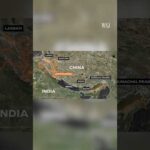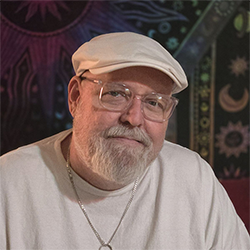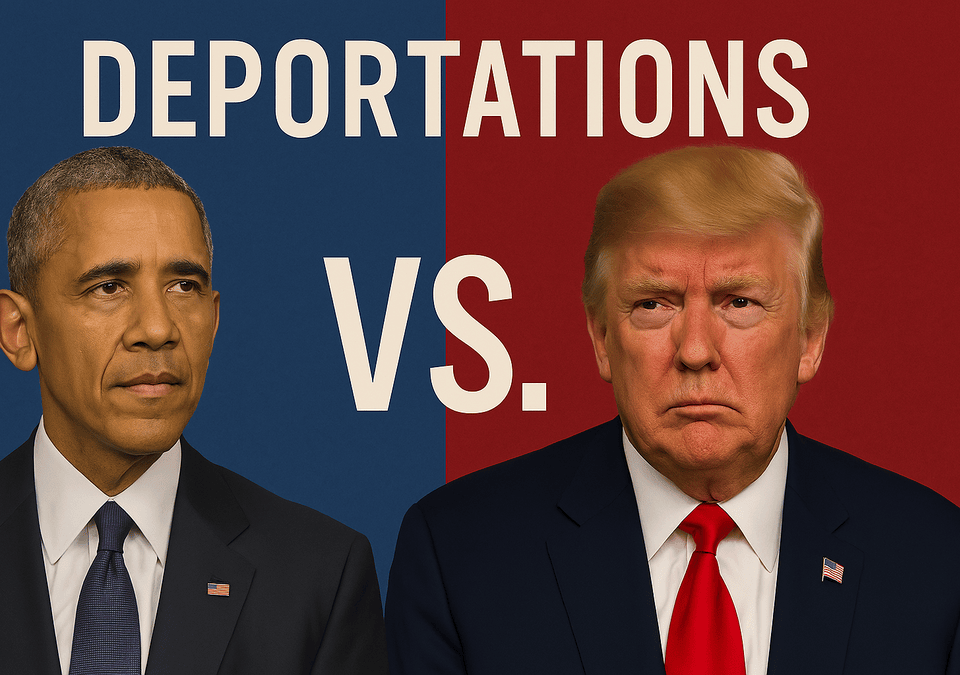
Whither Kamala? On Second Thought, Who Cares?
August 8, 2025
How China Is Quietly Fortifying the Himalayas
August 8, 2025Trump: The Most Powerful Lame Duck Presidency
The term “lame duck” in American politics evokes an image of a leader whose power and influence are diminished, a president nearing the end of their tenure who nobody listens to anymore. Far from being a mere colloquialism, the lame duck period is a distinct phase in the presidential cycle, fraught with unique challenges and, occasionally, unexpected opportunities.
At its core, a “lame duck” president is an incumbent who is still in office after a successor has been elected, or after they have decided not to run for re-election, or after they have reached their term limit. Their ability to push through major legislative initiatives is severely hampered, as members of Congress may be more inclined to focus on their re-election campaigns rather than supporting a departing leader.
The origin of the term “lame duck” is surprisingly not political. It first emerged in 18th-century London, specifically within the context of the stock exchange. A “lame duck” referred to a stockbroker who defaulted on their debts, unable to meet their financial obligations. The imagery was that of a duck that could not keep up with the flock, hobbling along.
Over time, the metaphor expanded to describe any person or entity that was weak, ineffective, or falling behind. It wasn’t until the mid-19th century that the term began to be applied to politicians. The first recorded use in a political context in the United States dates back to the 1860s, describing officeholders who had lost an election but were still serving out their terms. The analogy perfectly captured the diminished capacity and impending departure of such individuals, and it has remained a staple of political lexicon ever since.
The lame duck presidency is a fascinating and often challenging phase in American political life. Born from a financial metaphor, the term accurately describes the diminished, yet not absent, power of a president awaiting their departure. From John Adams’s strategic judicial appointments to Herbert Hoover’s difficult economic transition, Jimmy Carter’s focus on the Iran Hostage Crisis, and George H.W. Bush’s foreign policy initiatives, these historical examples illustrate the varied ways presidents navigate this unique period.
President Donald Trump might turn that entire notion of lame lame-duck on its head. The reason that Donald Trump might be the most powerful lame duck president in history is because of the movement he built. MAGA will still be strong up until the last minutes of Trump’s presidency. I believe the movement will wane after, I don’t want it to, but I see the strains unraveling already. However, until Trump hands the keys to the next president, MAGA will be nobody’s lane duck.

C. Rich is the voice behind America Speaks Ink, home to the America First Movement. As an author, freelance ghostwriter, poet, and blogger, C. Rich brings a “baked-in” perspective shaped by growing up on the streets and beaches of South Florida in the 1970s-1980s and brings a quintessential Generation-X point of view.
Rich’s writing journey began in 2008 with coverage of the Casey Anthony trial and has since evolved into a wide-ranging exploration of politics, culture, and the issues that define our times. Follow C. Rich’s writing odyssey here at America Speaks Ink and on Amazon with a multi-book series on Donald Trump called “Trump Era: The MAGA Files” and many other books and subjects C. Rich is known to cover. CRich@AmericaSpeaksInk.com
“America Speaks Ink is a Google News approved source for Opinion”





